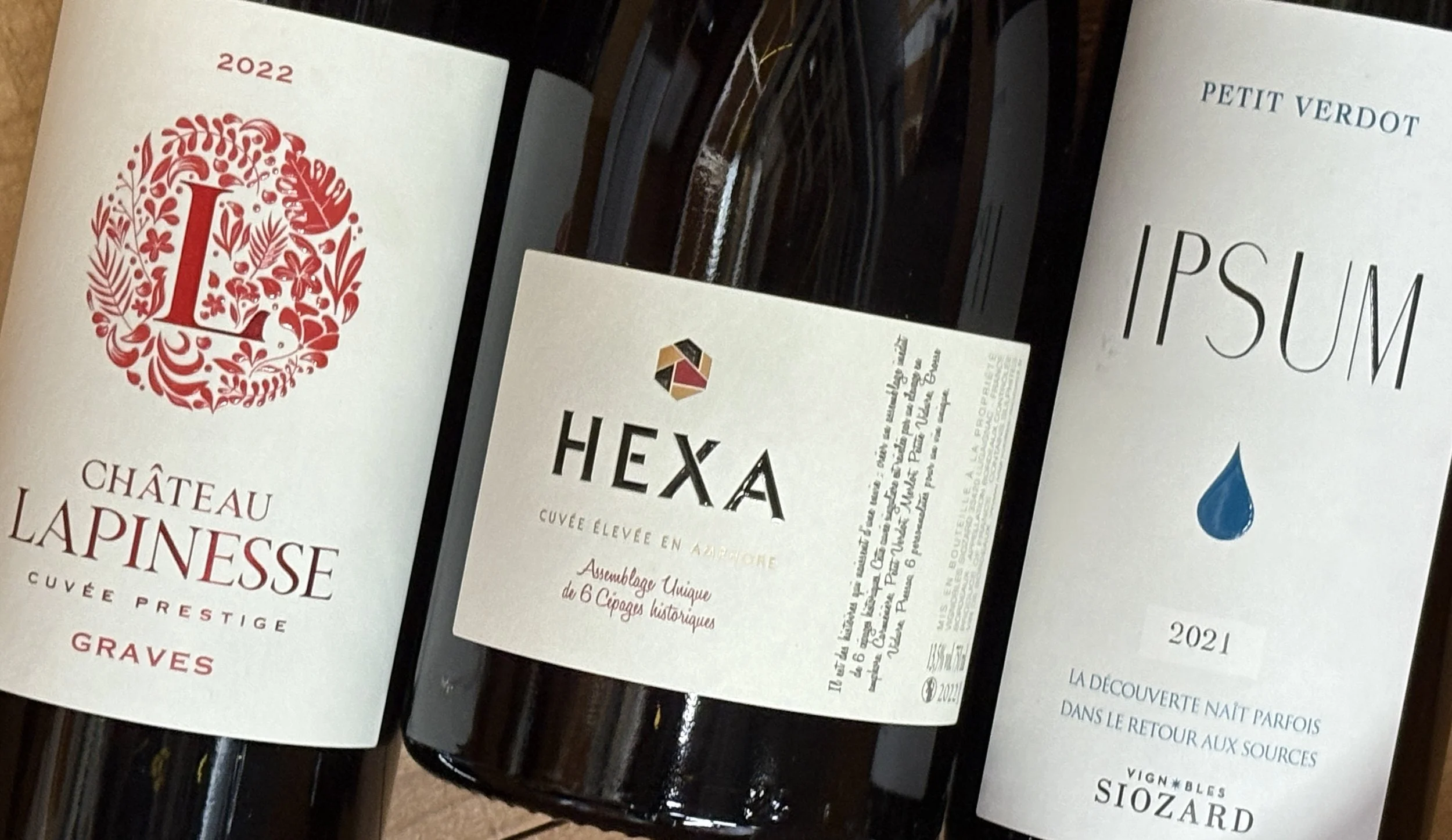Real Everyday Bordeaux
If you've been following me for say, oh, the last 20 years, you know I've had something of a love/hate relationship with Bordeaux. The whole ecosystem of buying wines two years in advance of their release, then cellaring them for another 5 or 10 or 25 years before pulling a cork, just because a wine geek talking head says that's what to do, sort of baffles me. Early in my wine importing career, I was able to visit some of the big-name châteaux, many of you know the names--Lynch Bages, Latour, Mouton--and I left every one of them thinking, "When do people actually sit around a table and drink these things?"
Thus, it always became something of a sport to me to find out where real "everyday" Bordeaux was being consumed. Certainly, the whole world wasn't drinking 20-year-old bottles with their Tuesday night beef stew, right?
My answer finally came several years ago in two forms--long-haul trucks and train stations. That's where I struck Bordeaux gold.
Just outside of St. Emilion (a famous name) is the equivalent of a French truck stop called La Puce. The place is always surrounded by big rigs with European license plates from outside France, their trailers loaded with Bordeaux destined for Belgium, Germany, Poland, and beyond. The food is served family-style, and you don't get a choice. A really (like, really, really) good carafe of Bordeaux is plopped onto the table, and if you run out, maybe your neighbor will top you off. It's hard to know what exactly is in the bottle, but who cares? It was quaffable and delicious, young and vibrant, and probably from the prior harvest. Hard to beat.
Next to the Gironde in Libourne, and a quick walk from the Gare, only 20 minutes from the center of Bordeaux, is Chez Remi. The place is billed as serving "la cuisine de mon pere"--the cooking of my father. The first time I sat down at Remi's, I asked him to try 4 or 5 different dishes and he looked at me like I was nuts. Each one was enough to feed a small platoon, and as a single diner, choosing one was the best plan. A group of 4 people at the table beside me overheard the conversation and made me a small plate from among each of theirs so I could try lots of things. We shared wine together all evening and departed as friends. The experience was just the thing I had always been looking for in Bordeaux.
One of the bottles on the table that night really caught my fancy, and I jotted down the name and looked them up the next day. That was 10 years ago, and the winemaker was David Siozard. Many of you will recognize that name. Outside of Monte Branco in Portugal, I've probably imported more Siozard wines over the past decade than any other.
There are three bottles in the warehouse right now that speak to the above adventures, and also what I see as the "new take" on Bordeaux. That is--wines that don't fit the classic mold, are scrumptious, interesting to drink in their youth, and made by people on the vanguard of this historic region. Here they are:
Lapinesse Cuvée Prestige Rouge 2022
This was the bottle at Chez Remi (although a previous vintage, of course). It comes from a small vineyard in the Pessac-Leognan area, planted equally to Merlot, Franc, and Cabernet Sauvignon, that is just screamingly and boldly delicious. It's made to be enjoyed immediately, and that's exactly what you should do.
Hexa 2022
I used the word 'vanguard' earlier, and this is exactly what I'm talking about. Hexa intimates "six" of something, and in this case, it is the equal proportion of grape varieties in the blend. Frankly, I didn't even know there was a sixth variety in Bordeaux, but evidently it is so--Carmenere. Along with Merlot, Franc, Cabernet Sauvignon, Petit Verdot, and Malbec, and made in a single terra cotta egg (an upright amphora), it is one of the most unique and interesting bottles we import every year. I took a bottle to Remi a couple of years ago, and he called David the next day to order some!
Ipsum Petit Verdot 2021
The art of Bordeaux was always thought to be in the blend, that secret sauce of a mix of grapes, barrels, vinification methods, and the like. But David and his brother Laurent decided a few years ago to create a lineup of single variety Bordeaux (say it ain't so!) so that we could see the elemental differences in all the different grapes. The Petit Verdot was always the one that jumped out to me as being complete on its own, a plump, purple, soft red wine that was slurpable but also serious and genuine. I would love to quaff this stuff from a carafe at La Puce over some Pâté en croûte, a whole mess of remoulades, and then a big pot of beef daube or something of that nature. Bon appétit!

